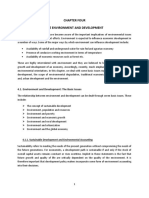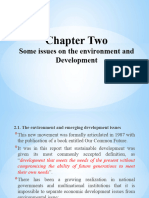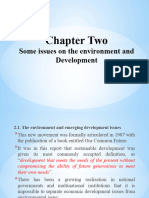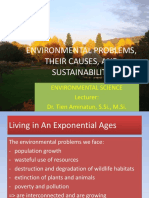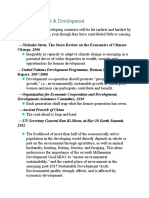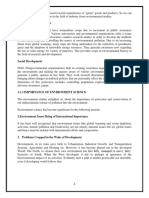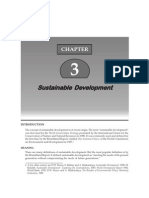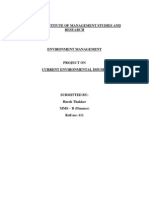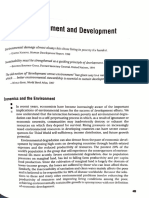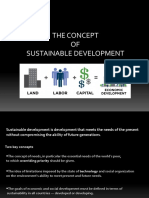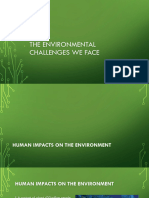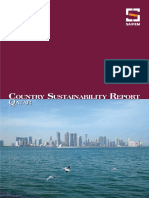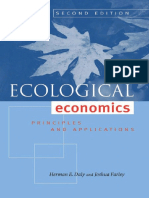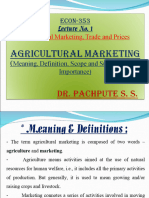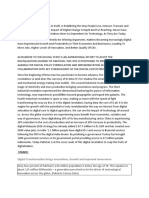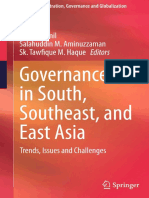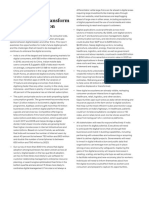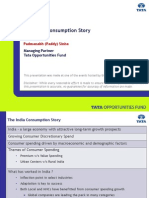0% found this document useful (0 votes)
130 views12 pagesEnvironment & Development Issues
This document discusses the relationship between environment, development, and population growth. It makes three key points:
1. The environment and development are interdependent - without adequate environmental protection, development is undermined, but poverty also leads to overexploitation of natural resources.
2. Population growth increases demands on land and resources, contributing to problems like land degradation, pollution, and deforestation. Rapid population growth intensifies environmental issues.
3. There are differing views on the impact of economic growth on the environment. Pessimists believe that unabated exponential growth will eventually exceed Earth's resource limits and cause economic collapse.
Uploaded by
SamCopyright
© © All Rights Reserved
We take content rights seriously. If you suspect this is your content, claim it here.
Available Formats
Download as DOCX, PDF, TXT or read online on Scribd
0% found this document useful (0 votes)
130 views12 pagesEnvironment & Development Issues
This document discusses the relationship between environment, development, and population growth. It makes three key points:
1. The environment and development are interdependent - without adequate environmental protection, development is undermined, but poverty also leads to overexploitation of natural resources.
2. Population growth increases demands on land and resources, contributing to problems like land degradation, pollution, and deforestation. Rapid population growth intensifies environmental issues.
3. There are differing views on the impact of economic growth on the environment. Pessimists believe that unabated exponential growth will eventually exceed Earth's resource limits and cause economic collapse.
Uploaded by
SamCopyright
© © All Rights Reserved
We take content rights seriously. If you suspect this is your content, claim it here.
Available Formats
Download as DOCX, PDF, TXT or read online on Scribd
/ 12



